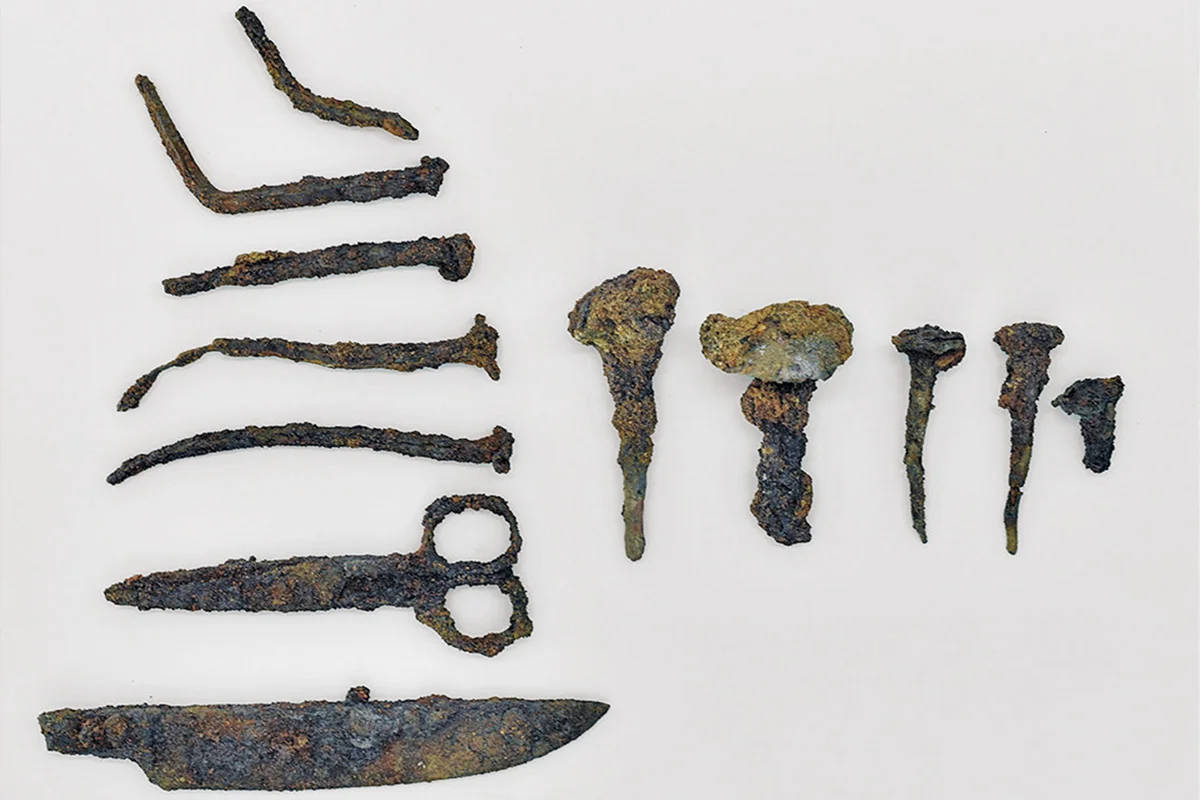Archaeologists from the Bavarian State Office for Monument Preservation (BLfD) have excavated one of the largest fortified military camps of the Thirty Years’ War, located in Stein, Germany.
The Thirty Years’ War (1618–1648) was one of Europe’s most devastating conflicts, causing 4.5 to 8 million deaths and cutting some German populations by over 50%.
It began as a religious war between Catholic and Protestant states, but quickly grew into a broader political struggle involving many of Europe’s great powers, including Spain, France, Sweden, and Austria.
The camp, located in Stein’s development area, served as the base of operations for the Imperial General, Albrecht von Wallenstein, during his 1632 campaign against the Swedish king near Nuremberg. The camp is believed to have housed around 50,000 soldiers, 15,000 horses, and about 30,000 civilians.

During the excavations, archaeologists uncovered a diverse array of artefacts, such as buttons, scissors, needles, buckles, knives, glass beads, ceramic fragments, silver wire, and even a spindle whorl – offering researchers rare insights into 17th-century military life. Coins bearing the likenesses of Elector Maximilian I of Bavaria and Emperor Ferdinand III were also found, as well as lead musket balls and stockpiles of metal parts.
On the outskirts of the camp, archaeologists discovered a solitary grave containing the burial of a young woman. She was buried in silk garments interwoven with gold and silver, alongside a bronze ring, garment hooks, and a chain. While the cause of her death is yet to be determined, archaeologists suggest that she was a high-status individual in camp, likely the wife of an officer.
Header Image Credit : FA. AST – Archaeological Service Tschuch
Sources : BLfD

